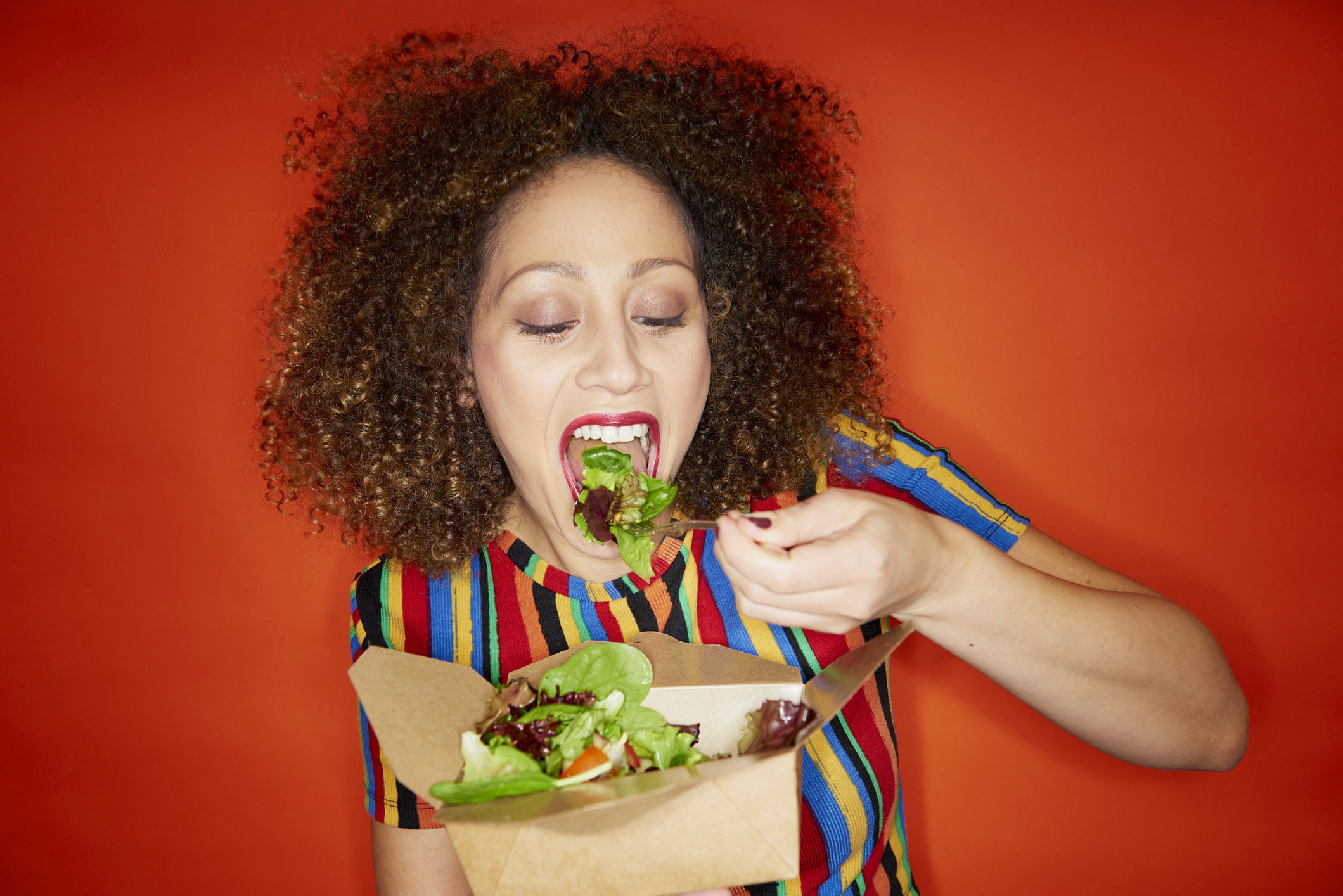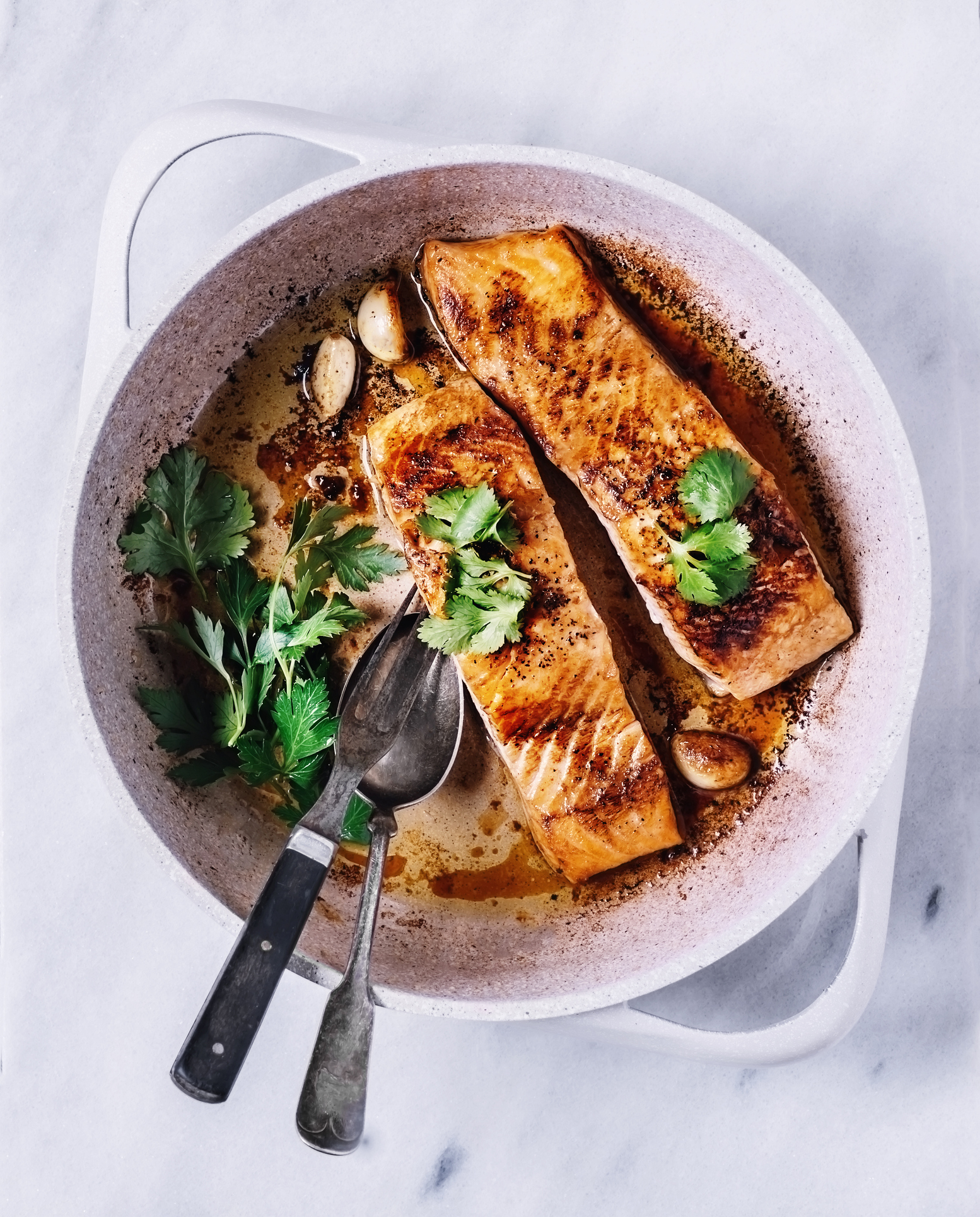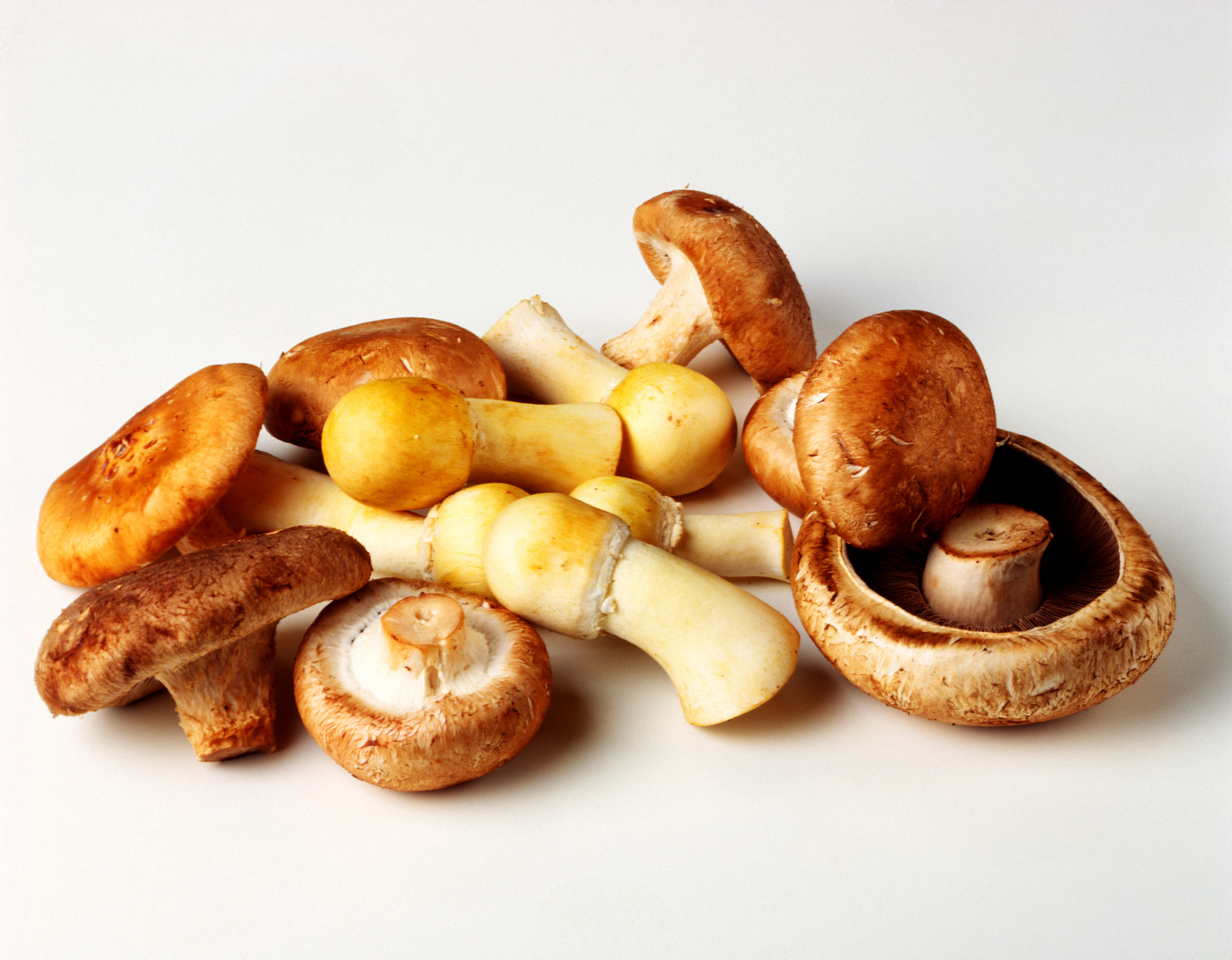Good mood food! Eat your way to feeling much happier with vitamin D
By tweaking your diet, you can eat your way to a much better mood, says nutritionist Rob Hobson.


By tweaking your diet, you can eat your way to a much better mood, says nutritionist Rob Hobson.
Choosing foods high in the ‘sunshine vitamin’ of vitamin D is a simple way of making sure your feel-good tanks stay topped up.
But, how much do we need?
Government health guidelines say that all adults and infants over one should have a daily reference nutrient intake (RNI) of 10 micrograms (mcg) or 400iu of vitamin D. You can safely have more than this, but the NHS warns that taking more than 100mcg of vitamin D a day could be harmful.
Pregnant women, children under five, the over-65s and anyone with naturally dark skin should consider taking a supplement all year around. Everyone else should consider taking a supplement during autumn and winter.
READ MORE: Do you know how to get your daily dose of vitamin D?
Get fortified
The white stuff usually has small amounts of vitamin D, but fortified milk can contain around 200iu per glass. As well as vitamins, it’s also important to maintain our dietary intake of calcium for good bone health. ‘Yogurt, soya and margarine are other foods fortified in vitamin D,’ says Rob.
GoodtoKnow Newsletter
Parenting advice, hot topics, best buys and family finance tips delivered straight to your inbox.
Health booster
Along with improving mood, vitamin D is crucial for good health. Evidence shows that a vitamin D deficiency can increase the risk of musculoskeletal and auto-immune disorders, diabetes, heart disease and cancer – as well as increasing the likelihood of depression. If you’re concerned that you may be deficient in vitamin D, see your GP. You can also get a DIY blood spot test from vitamindtest.org.uk.
Oily goodness
A really good way to get your fill of vitamin D is by eating oily fish. Salmon has around 400 to 600iu of vitamin D per 100g. Mackerel contains around 400iu, while sardines, fresh tuna and trout are also great vitamin D-rich options. ‘Ideally, we should be eating two portions of oily fish a week, each one being around 140g (cooked) or as a rough guide, a typical fillet of should be about the size of your palm,’ says Rob.

Have you noticed that vitamin values are often listed in both mcg and iu? The iu is the international unit that measures the potency and level of activity in the body of fat-soluable vitamins such as vitamin D.
Good bones
We need plenty of vitamin D in our diet as it helps the body to absorb calcium and the mineral phosphorus effectively – without which our bones can become brittle.
Menopause matters
Going through the menopause? Studies suggest that a vitamin D boost can help ease symptoms, as well as reducing the risk of osteoporosis as we age. Because oestrogen plays a role in activating vitamin D, which then works closely with calcium to strengthen your bones, declining oestrogen levels during perimenopause and menopause can amplify vitamin D deficiency.

Veggie and vegan options?
With vitamin D in spreads, cereals, orange juice and yogurts, vegetarians and vegans don’t have to miss out, although these foods do tend to have smaller amounts. At the supermarket, look out for certain mushrooms that have been treated in a way that allows them to synthesise vitamin D. These can provide around 200iu in four to five chestnut mushrooms. You can expose your own mushrooms to 30 minutes of sunlight – by popping them on the windowsill, to reap the vitamin D benefits.
Daily Vitamin D drops
You can also add vitamin d drops to porridge or smoothie. Try Liquid Vitamin D3 Drops 2000iu, £12.46, viridian-nutrition.com.

Senior writer Ali Horsfall has almost 15 years of experience as a journalist and has written for national print titles and women’s lifestyle brands including Woman & Home, Woman, Woman's Own, BBC magazines, Mothercare, Grazia and The Independent.